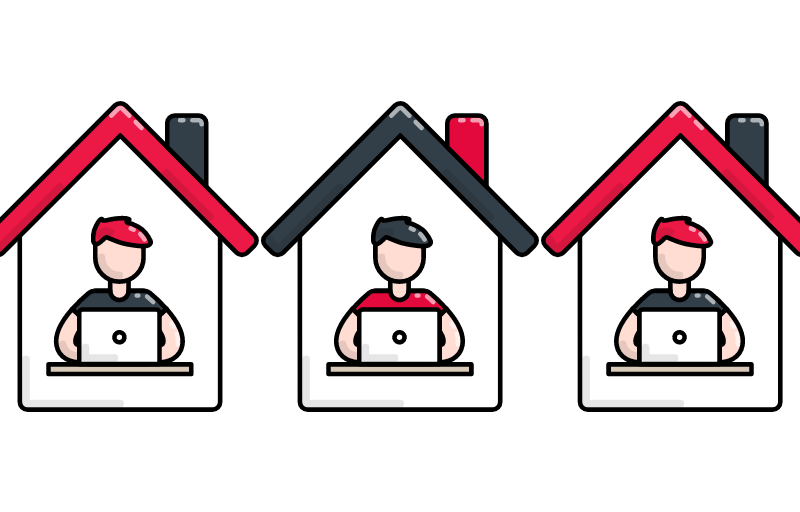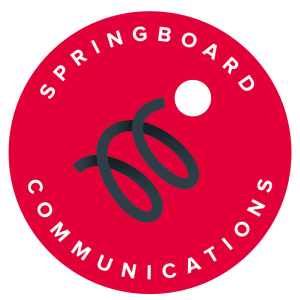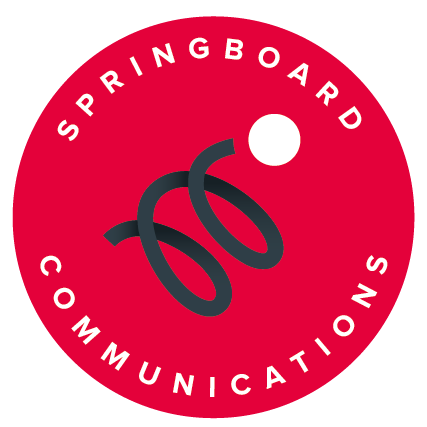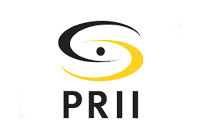
Hybrid Working and its Impact on the Employee Experience
A recent survey by Amanda Jones, Lecturer in Organisational Behaviour and Human Resource Management at King’s College, conducted with 2,000 workers, found that 6 out of 10 employees still continually work from home – and most don’t want that to change.
The hybrid workplace, however, offers a new employee experience. Employee experience is the journey an employee has with the organisation from onboarding through relocation or retirement, and it encompasses the workplace, relationships and wellbeing.
A positive employee experience demands constant care. It’s as much about culture as it is about day-to-day tasks. It should be organic, holistic and carry over into every interaction and communication.
So what can organisations do to make sure their hybrid workforce is benefiting from the same employee experience as their in-person workforce? Here are some tips.
Focus on employee recognition
With fewer people coming together physically, it’s crucial to prioritise employee recognition. Communicators will need to build processes and plans for recognition into their digital channels.
If they don’t already have them, organisations need to put peer-to-peer recognition funnels in place and create a calendar for simple things like anniversaries and birthdays.
Recognition should be on both the macro and micro level. Employees need meaningful feedback and recognition from managers, but they also crave public recognition in front of their peers. All of this helps employees feel more connected to their workmates and the organisation.
Run hybrid meetings effectively
Like virtual meetings, to run well, hybrid meetings bring with them some specific requirements, different from either face-to-face or virtual meetings.
It can be difficult as a square on a screen to break into a lively conversation in the room. This unintentional relegation of the remote employee from active participant to observer or disruptor status can be avoided by giving them an empowered in-room representative.
This person can monitor the faces, take note of raised hands, reply to chat messages and ensure that everyone is recognised and integrated, acting as a bridge between the virtual space and the physical room.
Presentations and other important documents can also be shared both online and in person prior to your meeting. This can be a very easy aspect of hybrid work to neglect, so having a messaging app or an openly editable space available to all participants can foster greater integration and productivity.
Don’t forget the social stuff
Don’t ignore the social stuff. If coffee arrives ‘in room,’ make sure to at least give virtual participants a few minutes to make themselves a cuppa as well. Over a break, you can also set up small group chats between local and hybrid participants, to promote serendipitous interaction.
This kind of chat may seem artificial at first if your group doesn’t know each other well, so it may be helpful to give groups a little structure (like a discussion prompt or challenge).
Interested in improving your internal communications, delivering tailored training sessions, or auditing your current communications? Contact Ciara Flaherty today to discuss your organisation’s needs.
For more stories like this sign up for our Insights newsletter ›
BACK TO TOP









